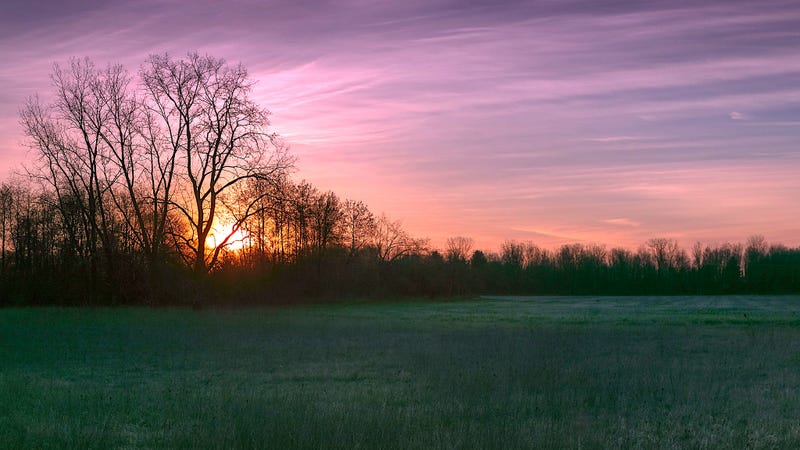
It’s almost time to “spring forward” for Daylight Saving Time, but who came up with this bizarre practice? And why? If you just answered “Benjamin Franklin” and “to help farmers,” you should probably read this.
Many Americans like to claim that Benjamin Franklin invented DST, but that’s not exactly true. Franklin did pen an essay suggesting Parisians should maximize their use of daylight hours in 1784, but it was satirical in nature and partially meant to poke fun at the French. Basically, he explained how they could save a ton of money on candles if everybody just woke up earlier and utilized the daylight more. Franklin didn’t mention anything about adjusting time itself.
Advertisement
It was actually two Brits, scientist George Vernon Hudson and builder William Willett who almost simultaneously came up with the idea. Hudson presented a paper to the Wellington Philosophical Society in 1895, suggesting a two-hour time shift forward in October and a two-hour shift back in March. They liked the idea, but it didn’t really catch on. Then, ten years later, Willett came up with a different take on the idea that was meant to increase the enjoyment of having more daylight hours (or what’s known as “British Summer Time”). He proposed setting the clocks ahead 20 minutes each Sunday in April, then reversing the process on Sundays in September. Come 1907, Willett published his paper The Waste of Daylight and began lobbying parliament to put it into practice.
It didn’t quite take hold in Britain yet, but by 1908, residents of Ontario became the first to implement a form of DST, followed by several other locations in Canada. Then, during World War I, Germany and their ally Austria-Hungary popularized the concept by enacting the first official, country-wide DST policy on May 1, 1916. It was meant as an effort to save fuel and energy during the war. After that, Britain and the rest of Europe began to follow suit.
In the U.S., DST would go into effect in March of 1918. Contrary to popular belief, it had nothing to do with farmers lobbying for more time to work their fields. They were actually opposed to the idea. Why? Because the sun dictated farming schedules, not the clock. All DST did was make things more confusing for farmers and made it more difficult to get their work done. In actuality, DST was implemented in the states for the same wartime fuel-saving reasons as Germany, and was lobbied for by recreational and retail entities. Think about it—if you have more daylight after you get off from work, you’re more likely to go out and shop or play golf. This is largely why we still have DST to this day.
Advertisement
By 1919, the agricultural industry had won and national DST was repealed. It made a brief return during World War II, but all that did was make everything more confusing. Thing is—despite it being repealed, brought back, then taken away again—some states and cities had been using DST the whole time anyway. This led to decades of confusing time differences throughout the country. During certain times of the year, a 30-minute drive could move you through five to seven different time zones, leading to what Time magazine called “a chaos of clocks” in 1963. Fortunately, the Uniform Time Act fixed all of that in 1966. It standardized DST for the country, but allowed states to opt out if they wanted to stay on standard time. In the end, Arizona and Hawaii opted out and the rest of the country has to change their clocks twice a year.
from Lifehacker http://bit.ly/2IguSrd
via IFTTT
